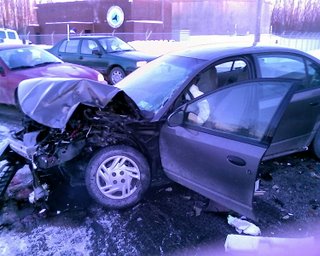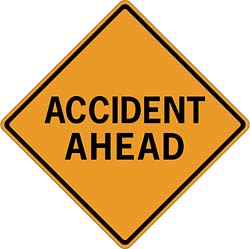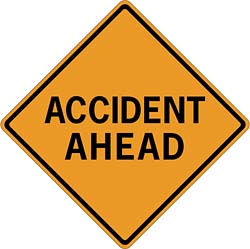 Al Pirro Jr. last week quietly settled a lawsuit for $200,000 that involved Jeanine Pirro and her failed political campaign for Attorney General. Jeanine — also a former judge, District Attorney, failed Senate candidate against Hillary Clinton and now a talk show host — was in the backseat of her husband’s SUV on October 18, 2006 when it sideswiped a motorcyclist as they approached a light. The collision knocked him down, broke his ankle and sent him skidding along the pavement. The SUV was driven by a campaign staffer just weeks before the election.
Al Pirro Jr. last week quietly settled a lawsuit for $200,000 that involved Jeanine Pirro and her failed political campaign for Attorney General. Jeanine — also a former judge, District Attorney, failed Senate candidate against Hillary Clinton and now a talk show host — was in the backseat of her husband’s SUV on October 18, 2006 when it sideswiped a motorcyclist as they approached a light. The collision knocked him down, broke his ankle and sent him skidding along the pavement. The SUV was driven by a campaign staffer just weeks before the election.
The crash out on Long Island raised eyebrows when the police were accused of giving preferential treatment to the Pirros. While the officer on the scene first reported a collision between Pirro’s SUV and Scott Lieberman riding his Harley, that report was subsequently deep-sixed after the officer saw Jeanine Pirro in the back and saw that the SUV was owned by her husband. The second accident report didn’t have the Pirro vehicle in the accident. According to this New York Post story at the time:
Lieberman said that after talking to [Pirro driver] Horgan, cops stopped writing a two-vehicle accident report and started one saying he skidded off the road on his own.
“Investigation reveals no other veh. involved in accident,” the final report reads.
According to an interview I conducted with Lieberman’s counsel, Harlan Wittenstein, a copy of the original police report indicating a collision was given to Lieberman’s ex-girlfriend who had been riding ahead and saw the accident in her rear-view mirror as she pulled up to a stop light. The original report clearly has Al Pirro’s name on it as the vehicle owner. The subsequent police report only claimed a motorcyclist down with no contact and no Pirro name. The two reports are here: Lieberman.pdf
After learning the Pirros were involved, the police accused Lieberman of being a fraud as he was writhing in agony. Lieberman, who was taken to the hospital and needed surgery to fix his broken ankle, didn’t take kindly to the accusation.
After leaving the hospital, an angered Lieberman posted signs at the intersection where the collision occurred, whichwere seen by a pretzel delivery man on his regular route. The pretzel man had been directly behind the vehicles, saw the contact between the Pirro SUV as it changed lanes, contacted Lieberman, and his deposition taken.
The combination of the pretzel man’s testimony and the second copy of the accident report with the Pirro name on it, according to Wittenstein, helped to seal a settlement for a case that had originally been marked “no pay.” The police officer has apparently never been disciplined.
Al Pirro — a disbarred real estate attorney who was convicted of 66 counts of tax fraud, whose license has been suspended (and reinstated), has been embroiled in head-line grabbing extramarital affairs, and generally been a burden to his wife’s ambitions — is no doubt happy to get at least one legal problem behind him.
Photo credit: NY Magazine (story on the troubled marriage)
————————-
More:
- What Happens When You’re Run Down by Former DA Pirro? (Greenfield @ Simple Justice)



